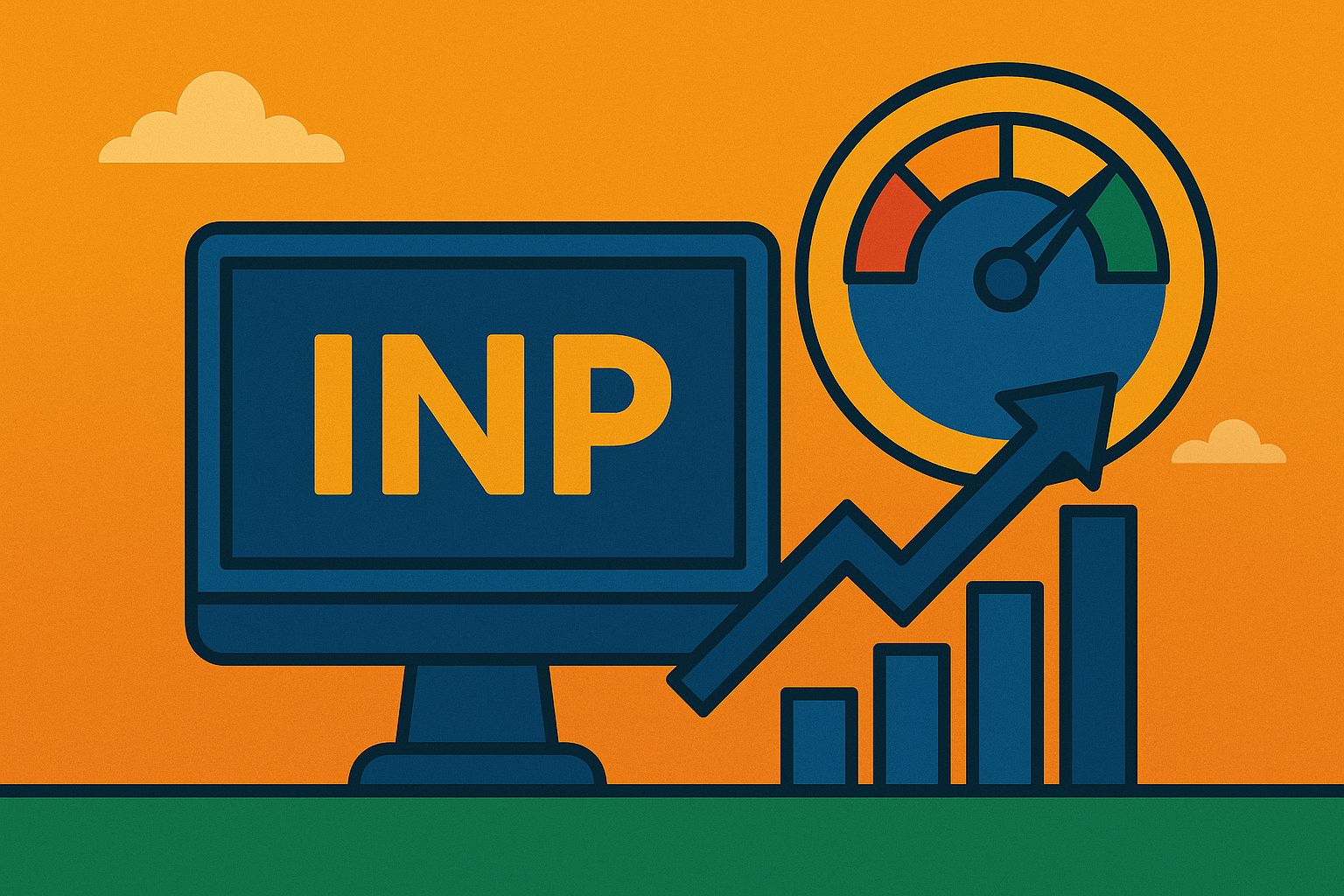The role of the Chief Technology Officer (CTO) has become more pivotal than ever. As companies strive to stay ahead if the curve and deliver top-notch products, the CTO stands at the helm, guiding technological innovation and ensuring product excellence. This blog delves into the multifaceted responsibilities of a CTO, emphasizing their integral role in product quality assurance.
The Chief Technology Officer’s Role
At its core, the Chief Technology Officer role encompasses overseeing the technological direction of a company. The CTO is responsible for aligning technology strategies with business goals, ensuring that technology investments support the company’s mission and vision. This strategic alignment is crucial in driving innovation and maintaining a competitive edge. A CTO’s duties are diverse, ranging from managing the IT department to staying abreast of emerging technologies. They play a key role in decision-making processes, particularly those related to technological infrastructure and software development. By fostering a culture of continuous improvement and innovation, the CTO ensures that the company remains adaptable and resilient in the face of technological advancements.
Role of CTO in Product Quality Assurance
Quality assurance is a critical aspect of product development, and the CTO is instrumental in this process. The role of CTO in product quality assurance involves several key responsibilities:
- Defining Quality Standards: The CTO sets the benchmarks for product quality, ensuring that all products meet or exceed industry standards. This involves establishing clear quality metrics and implementing robust testing protocols.
- Implementing Best Practices: By advocating for best practices in software development and project management, the CTO ensures that products are built with precision and care. This includes adopting agile methodologies, continuous integration, and automated testing to streamline the development process and minimize errors.
- Collaboration with Cross-Functional Teams: The CTO works closely with various departments, including product management, marketing, and customer support, to ensure that the product meets customer expectations. This collaborative approach helps in identifying potential issues early and addressing them proactively.
- Technology Evaluation and Adoption: Keeping up with the latest technological trends is essential for maintaining product excellence. The CTO evaluates new technologies and tools that can enhance product quality and improve the development process. By integrating cutting-edge solutions, the CTO ensures that the company stays ahead of the competition.
- Risk Management: Identifying and mitigating risks is a crucial part of the CTO’s role. This involves conducting thorough risk assessments, implementing security measures, and ensuring compliance with regulatory standards. By proactively managing risks, the CTO protects the company from potential threats and ensures the integrity of the product.
- Customer Feedback Integration: The CTO ensures that customer feedback is integrated into the product development cycle. By analyzing feedback and making necessary adjustments, the CTO ensures that the product evolves in line with customer needs and expectations. This customer-centric approach is vital for maintaining high levels of satisfaction and loyalty.
The Strategic Vision of a CTO
Beyond the immediate responsibilities of quality assurance, the CTO plays a strategic role in shaping the future of the company. This involves:
- Long-Term Planning: The CTO is responsible for developing long-term technology roadmaps that align with the company’s growth objectives. This includes planning for future technological needs, identifying potential challenges, and developing strategies to address them.
- Innovation and R&D: The CTO drives innovation by fostering a culture of research and development. This involves encouraging experimentation, investing in new technologies, and exploring unconventional solutions to complex problems.
- Talent Development: Building a strong technical team is essential for achieving product excellence. The CTO is responsible for recruiting top talent, providing ongoing training, and creating an environment that nurtures professional growth and development.
Real World Examples
Several successful companies exemplify the impact of a CTO in ensuring product excellence. For instance, at Google, the CTO plays a pivotal role in driving innovation and maintaining the quality of their diverse range of products. Similarly, Apple’s CTO has been instrumental in ensuring the seamless integration of hardware and software, resulting in the consistently high quality of their products.
These examples highlight the significant influence a CTO can have on a company’s success. By prioritizing quality assurance and fostering a culture of innovation, the CTO ensures that the company not only meets but exceeds customer expectations.
Conclusion
The Chief Technology Officer’s role is undeniably crucial in ensuring product excellence. From setting quality standards and implementing best practices to fostering innovation and long-term planning, the CTO is at the forefront of a company’s technological journey. By understanding and embracing the multifaceted responsibilities of the CTO, companies can achieve remarkable product quality and maintain a competitive edge in the ever-evolving technological landscape. The role of CTO in product quality assurance is not just about overseeing technology; it is about creating a vision, driving innovation, and ensuring that every product reflects the company’s commitment to excellence. As technology continues to evolve, the importance of the CTO in guiding and shaping this journey cannot be overstated.




